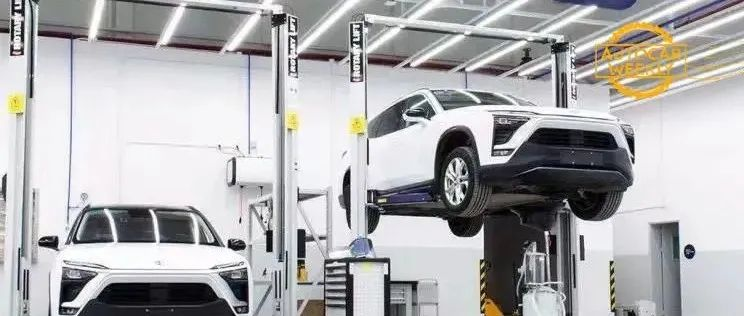Article | Financial Street’s Old Li
In recent years, many experts have said that the second half of the new energy vehicle industry is intelligent, but many investors believe that the aftermarket is the second half of new energy vehicle enterprise profitability.
Since last year, companies like BYD and NIO have set up their own insurance brokerage companies, NIO has also explored second-hand car subscription services, XPeng Motors has launched officially certified second-hand cars, BYD has also established a second-hand car company, and Guangqi E’an has even launched a 10% buy-back program. All of these actions indicate that leading car companies are already exploring the new energy vehicle aftermarket.
During the holidays, Old Li and some fund managers discussed what new energy vehicle industry to invest in after electrification and intelligentization. Many people gave the answer of the aftermarket, because under the technological revolution of the new four modernizations, the “aftermarket” of new energy vehicles is already completely different from the “aftermarket” of fuel vehicles.
The aftermarket involves every user’s car life. But because the scope of the aftermarket is too large, Old Li has selected a few points to briefly discuss with everyone today. What changes does the new energy vehicle aftermarket have compared to the fuel vehicle aftermarket? Why do companies compete to carry out “full life cycle management”? How should the new energy vehicle aftermarket seek innovative breakthroughs?
This “Aftermarket” is different from that “Aftermarket”
The new energy vehicle aftermarket is a completely different field from the fuel vehicle aftermarket.
People with different perspectives have different understandings of the aftermarket, if you ask traditional industry people in the automotive industry, many people understand the aftermarket as a series of “conventional services” such as traditional maintenance, repair, modification, second-hand cars, plus a series of “derived services” such as finance and insurance. The characteristic of this field is that the market is large enough, the scale is comparable to the front market, and if the surrounding areas are also included, the market is 2-3 times larger than the front market.
Over the past decade, this large market has not been favored by investors, mainly because the threshold for the aftermarket industry is too low and the value distribution is very scattered. For example, the scale of the front market mainly focuses on more than a dozen car enterprises. As long as these enterprises are grasped, it is not difficult to obtain the value of Tier 1 and Tier 2 upstream.
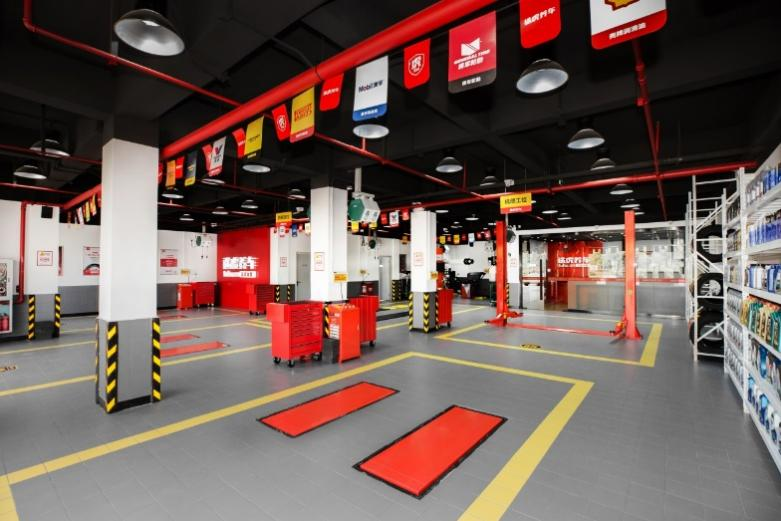
However, the aftermarket is different. As mentioned earlier, the aftermarket can be divided into multiple unrelated modules, and if viewed separately, the value is smaller. What investors love and hate is that in each unrelated module, the competition is also very fierce.Two examples here – in the car maintenance sector, there are leading players like Tuhu and hundreds of thousands of small maintenance “mom and pop shops”. In the used car sector, there are leading players like Guazi and hundreds of thousands of small “mom and pop shops” too. It is interesting that even the giants like Tuhu and Guazi have market shares of less than 10%, and the combined market concentration of the leading enterprises does not exceed 30%. This implies that investors find it difficult to invest in monopolistic enterprises due to the size of this market. Even with low market shares, investment players still race for market shares.
If we ask an innovative industry expert, what is their view of the after-market? They will likely have different answers.
We often say that new energy vehicles have subverted the physical structure, product performance, and user experience of traditional fuel cars. From a long-term perspective, the development of new energy vehicles has also subverted the automotive after-market. At present, new energy vehicles have not yet reached a sufficiently large scale, and the new pattern of the after-market has not yet formed. Everyone has a relatively weak feeling of the subversion of the after-market.
Even so, we have already felt the changes in all aspects of the industrial chain, especially the entrance of front-end enterprises into the after-market. For example, a series of actions by vehicle manufacturers, Ningde Times entering the market, Huayou Cobalt entering the market, and the current changes are not the end.
For example, there are still market phenomena that need to be dealt with such as weak maintenance of new energy vehicle power batteries, low residual value of used cars, a wide variety of financial services, and unreasonable insurance pricing. For users, the aftermarket of new energy vehicles is a chain, facing a series of management and guidance needed from vehicle purchase to vehicle sale or scrapping in the face of new electrification, intelligence, and networked components. However, how to manage and guide these aspects is not clear to everyone.
The Era of Full Lifecycle Management
Winning amid chaos in the capital market is an opportunity. When discussing the endgame of the new energy vehicle after-market with some investment players, they may have two different ways of judging:
The first is to speculate and judge based on some of the company’s actions that have already occurred, such as in the insurance field. While China’s Banking and Insurance Regulatory Commission rolled out exclusive new energy vehicle clauses, car manufacturers did not sit idle. Tesla proposed to accelerate its UBI car insurance experiment, while companies such as NIO, XPeng Motors, and BYD set up insurance brokerage, and Ningde Times signed a strategic cooperation framework agreement with China Reinsurance, making a big deal of battery insurance. In addition to insurance, in finance, maintenance, used cars, and other fields, each enterprise has its own exploration. To sum up, everyone is fighting on different fronts and innovating themselves.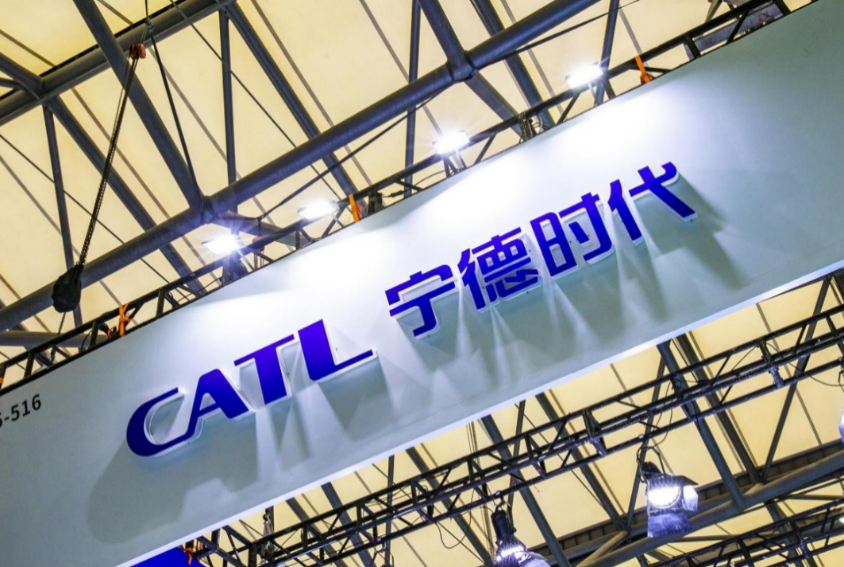
The second approach is the concept of “life cycle management” proposed by some companies in investment consultation, including vehicle life cycle management by automakers, battery life cycle management proposed by battery companies, and ecological life cycle management proposed by some component companies, etc.
Among them, the most closely related ones to us are the vehicle and battery life cycle management. The definition of life cycle management is proposed by companies from the perspective of profits and business operations. For users, it is more about the experience and service during the use process. If the company does a good job in life cycle management, the user experience and service will naturally improve.
All the actions of the aforementioned companies related to the after-sales market can be attributed to the concept of vehicle life cycle management. In fact, the concept of vehicle life cycle management was proposed by automakers five years ago. The background is that future cars will develop towards digitalization and become high-value terminals. The products with the characteristics of “digitalization” and “high value” will definitely have value management, and cars will become a type of dynamically evaluated asset.
Therefore, the after-sales market of new energy vehicles can also be understood as asset evaluation of vehicles.
From the perspective of overall vehicle asset evaluation, new energy vehicles will transform from the traditional “one price for the whole vehicle” in the era of traditional fuel-powered cars to multi-dimensional independent evaluations such as vehicle + power battery, vehicle + automatic driving system, and even vehicle + ecosystem. The recent price increases in various companies are driven by the price increase of power batteries, which has transformed the vehicle from hardware to “asset”. After the dynamic evaluation of the vehicle value is realized, the entire after-sales market mode will undergo huge changes.
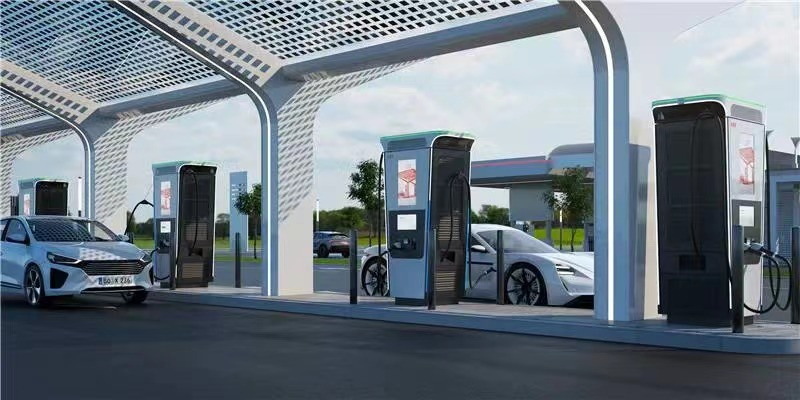
From the perspective of value management of battery life cycle, the usage mode of the after-sales market is also changing, the most typical one being the way of energy supplementation. The essence of battery swapping and charging is different due to the asset management mode. Since battery swapping enables standardized management of power batteries of vehicles, the gold content of its battery performance is higher and the asset value is higher, while the charging battery lacks standardized management, and its gold content of battery performance is lower.
In the era of traditional fuel-powered vehicles, the asset evaluation of vehicles was a single-point evaluation at the time of transaction. Buyers and sellers obtained a relatively fair price based on the historical situation of the vehicle during the transaction. However, the changes in the product attributes of new energy vehicles have brought the possibility of realizing real-time asset evaluation and asset trend prediction of vehicles.
 From the perspective of asset assessment, the past assessment of asset value was mainly focused on hardware and did not consider services. However, the evaluation of the value of new energy vehicles will consider both hardware and service. Only when the assets are assessable, can the profitability of selling hardware, software and services for companies be possible.
From the perspective of asset assessment, the past assessment of asset value was mainly focused on hardware and did not consider services. However, the evaluation of the value of new energy vehicles will consider both hardware and service. Only when the assets are assessable, can the profitability of selling hardware, software and services for companies be possible.
Therefore, the ultimate goal of the new energy aftermarket is essentially the value management and user services of the entire life cycle of the vehicle. The way and method in which users use new energy vehicles will directly or indirectly affect the evaluation of the entire life cycle value of the vehicle.
Where is the breakthrough for innovation?
Many friends will ask when they see this, after talking so much about the value management of the entire life cycle of vehicles, what is the experience and service of the new aftermarket that ordinary users can feel? This is a good question. Many investors are also looking for the answer, but everyone has not found the answer yet.
Currently, all innovations in the new energy vehicle aftermarket are exploratory. We can divide them into three major directions:
The first direction is led by automakers, with NIO as the main representative. Both NIO Energy and NIO Service are conducted based on the enterprise framework. Under the premise of not considering the cost, NIO’s service is the ideal business model for the aftermarket.
The second direction is led by battery manufacturers, with CATL as the main representative. In order to enter the aftermarket, CATL must move from the backend to the frontend, so CATL launched its battery swapping brand as an important step in its aftermarket layout.
The third direction is led by third-party services in the industry, which is a fusion of vehicle manufacturers, power battery companies and various other links in the industrial chain. For example, vehicle manufacturers and battery companies can work with third-party technical organizations to conduct performance evaluations of batteries and vehicle conditions. They can also work with financial and insurance institutions to develop innovative insurance products and conduct sales, and cooperate with used car dealers to evaluate and certify the performance of used cars. The prerequisite for this model is that the third party must have a strong industry background and strength.
Under the third direction, the vehicle manufacturer only needs to establish a real-time dynamic asset management, evaluation and disposal system for the entire life cycle, to ensure profitability and sustainability in each link. The host factory can also establish a related residual value evaluation system and used car disposal channel capacity through cooperation with various financial, insurance, and residual value service providers.
In the new model, users will experience a transformation from point-to-line-to-face of the aftermarket. In the foreseeable future, the aftermarket and after-sales services will be such a scene:
Fund manager Lao Zhang finds a car he likes, places an order on the app, and the company delivers it to his home. From the delivery of the vehicle, Lao Zhang will manage his beloved car like managing a fund to maximize its value.In car companies or third-party apps, Mr. Zhang registered his beloved car. Based on Mr. Zhang’s vehicle history, driving records, and market conditions, the app can assess his car’s performance and price in real time, and provide various car-use plans. In the past, Mr. Zhang believed that car companies often trick consumers, but with the existence of fair third parties, he feels that the plan is comprehensive.
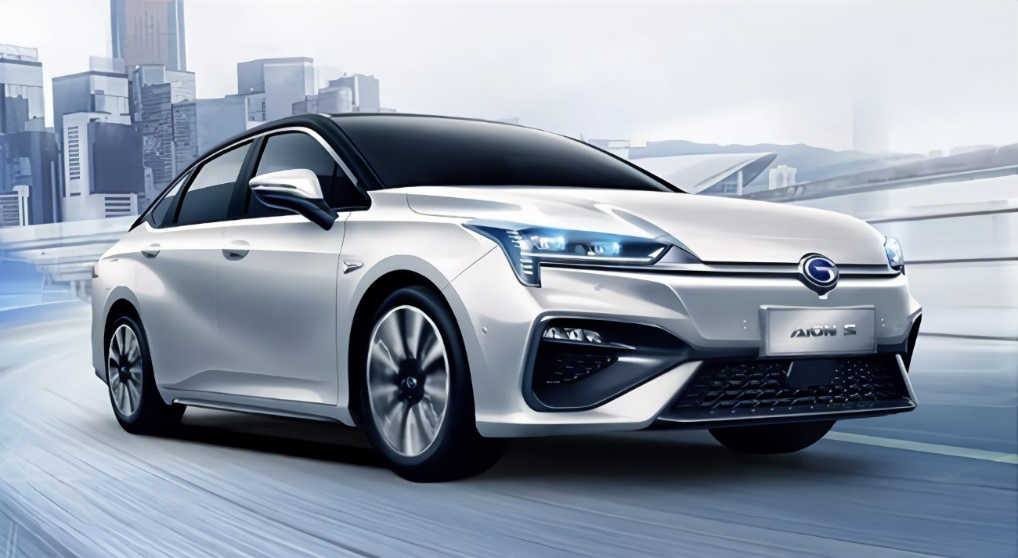
Mr. Zhang’s car battery was damaged. The app system automatically provided third-party disposal plans. Mr. Zhang can choose the best cost-effective A plan, the best user experience B plan, or the best economic C plan. Whenever important services are needed, the app will automatically recommend relevant car-use plans to Mr. Zhang. When Mr. Zhang replaces his car, he can choose to exchange it or easily auction it off. Looking at the entire car-use process, from any perspective, Mr. Zhang finds it the most convenient and worry-free.
This is probably the best state of experience for new energy vehicle users, and it is not far away. Compared with the diverse ecology of the front-end market five years ago, the current after-market ecology seems to be quieter, but a little spark can set a prairie ablaze.
This article is a translation by ChatGPT of a Chinese report from 42HOW. If you have any questions about it, please email bd@42how.com.
